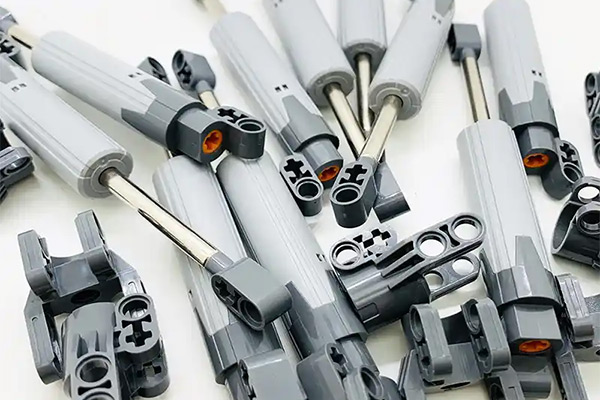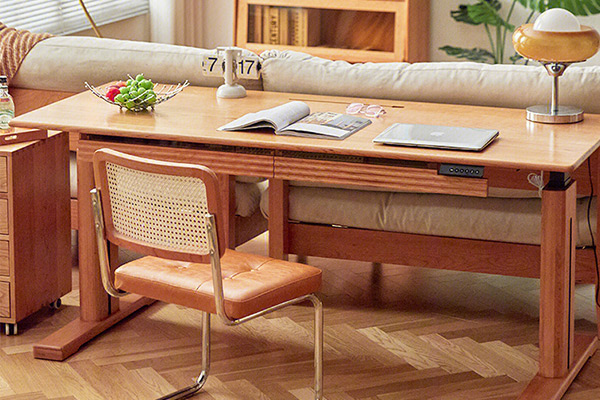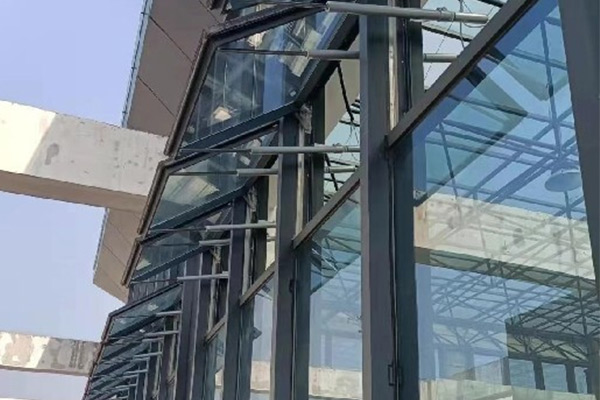The Intelligent Future: Electric Linear Actuators in Smart Homes
The wave of smart homes is profoundly changing our living experience, with technology extending its reach to every aspect of life, from intelligent lighting to automated curtains. In this wave, electric linear actuators are playing an increasingly critical role. They convert electrical energy into precise linear push-pull motion, giving household items "life" by allowing them to move, adjust, and hide on demand, collectively building a smarter, more comfortable, and more convenient future home.
Precision Control and Seamless Integration: Key Driving Forces
● The primary trend in the development of electric linear actuators in smart homes is higher precision control. In the past, simple open-and-close functions couldn't meet user demands. Today, by integrating precise feedback devices like Hall sensors and encoders, modern actuators can achieve centimeter, or even millimeter, level accuracy in position control. This means TVs can precisely rise from hidden cabinets, coffee machines can accurately pop up from under countertops, and even curtains can precisely adjust angles to control light.
● Meanwhile, seamless integration is key to the success of smart homes. New electric linear actuators are not only more compact and quieter but also easier to integrate with existing smart home protocols. They can directly connect to smart home hubs, allowing unified management and control via mobile apps, voice assistants, or smart panels. This enables linkage with other smart devices; for example, when sensors detect strong light, curtains automatically lower, and motorized blinds adjust their angle.
Miniaturization, Silent Operation, and Aesthetic Integration: Human-Centered Design
● The essence of smart homes lies in enhancing the living experience, which means devices must be both powerful and aesthetically pleasing, as well as comfortable. Miniaturization is an important direction for the development of electric linear actuators. More compact designs allow them to be cleverly hidden within furniture without disrupting the overall aesthetic. Whether it's a lift-up TV cabinet, hidden kitchen appliances, or an electric sit-stand desk, actuators aim to be "invisible," leaving only their function visible.
● Silent operation is another crucial aspect of enhancing user experience. In a quiet home environment, the noise of device operation is particularly noticeable. Manufacturers are investing more in research and development, using precision gears, efficient motors, and sound-absorbing materials to significantly reduce the noise during actuator operation, ensuring that adjusting devices doesn't produce annoying sounds, thereby creating a peaceful and comfortable home atmosphere.
● Furthermore, electric linear actuators are being deeply integrated with furniture design, no longer just simple functional components but becoming part of the furniture's structure. For instance, modular sit-stand desk legs directly integrate actuators, or lift-up bed frames perfectly fit with actuators to jointly achieve smart functions.
Multifunctional Applications and Scenario Expansion: From Living Room to Kitchen
The application scenarios of electric linear actuators in smart homes are continuously expanding:
● Smart Lift-up Furniture: Common applications include electric sit-stand desks (allowing switching between sitting and standing postures for healthy work), lift-up TV cabinets (hiding the TV in a cabinet, raising it when needed), and hidden bars or dining tables (retracting when not in use, extending when needed).
● Smart Kitchen and Bathroom Systems: Enabling electric lifting of kitchen wall cabinets for easy access to items; lift-up range hoods that hide when not in use; automatic opening and closing of smart toilet seats; and even electric adjustment of showerheads.
● Space Optimization and Storage: Vertically lifting storage racks, electric drawers, and cabinet doors maximize the use of limited space, achieving smarter and more efficient storage.
● Assisted Living: In age-friendly homes, electric linear actuators can be used for lift beds, assisted-lift chairs, electric doors, and more, providing convenience and support for individuals with mobility challenges.
IoT and AI Empowerment: Personalization and Predictive Maintenance
● Future electric linear actuators will be more deeply integrated into the Internet of Things (IoT) ecosystem, achieving true intelligent connectivity. They will be able to upload real-time operational status data, such as motor load, number of movements, and position. This data, analyzed through cloud platforms, will not only enable remote control and status monitoring but also provide predictive maintenance capabilities, proactively alerting users to potential failures, preventing equipment damage, and extending service life.
● Combined with Artificial Intelligence (AI), electric linear actuators will enable more advanced personalized experiences. For example, systems could automatically adjust desk height based on the user's height, habits, or health conditions; they could intelligently adjust curtain openness based on sunrise/sunset and weather conditions. They might even learn user behavior patterns to proactively offer services, such as automatically adjusting the bed headrest to the most comfortable angle as you prepare for sleep.
Outlook: A Smart, Comfortable, and Seamless Future Home Experience
Electric linear actuators, as the "muscles" of smart homes, are continuously evolving. Their miniaturization, silent operation, high precision, ease of integration, and deep convergence with IoT and AI collectively paint a picture of a smarter, more comfortable, and more convenient future life. They will no longer be single-function components but rather the cornerstone of building future home experiences, truly making homes "move" and serving our lives in the most natural and seamless way.





